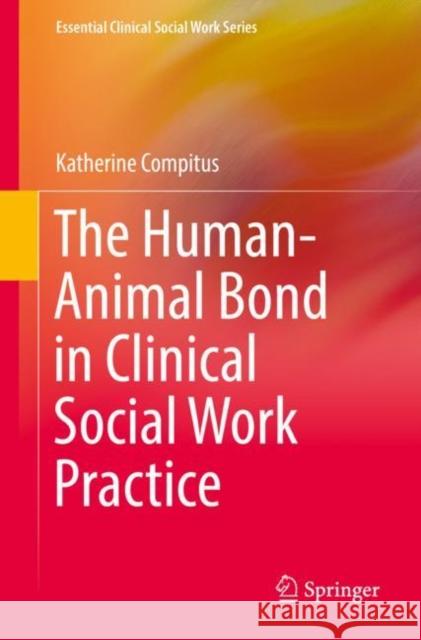The Human-Animal Bond in Clinical Social Work Practice » książka
topmenu
The Human-Animal Bond in Clinical Social Work Practice
ISBN-13: 9783030877828 / Angielski / Miękka / 2021 / 112 str.
Kategorie:
Kategorie BISAC:
Wydawca:
Springer Nature Switzerland AG
Seria wydawnicza:
Język:
Angielski
ISBN-13:
9783030877828
Rok wydania:
2021
Ilość stron:
112
Waga:
0.17 kg
Wymiary:
23.39 x 15.6 x 0.58
Oprawa:
Miękka
Wolumenów:
01
Dodatkowe informacje:
Wydanie ilustrowane











